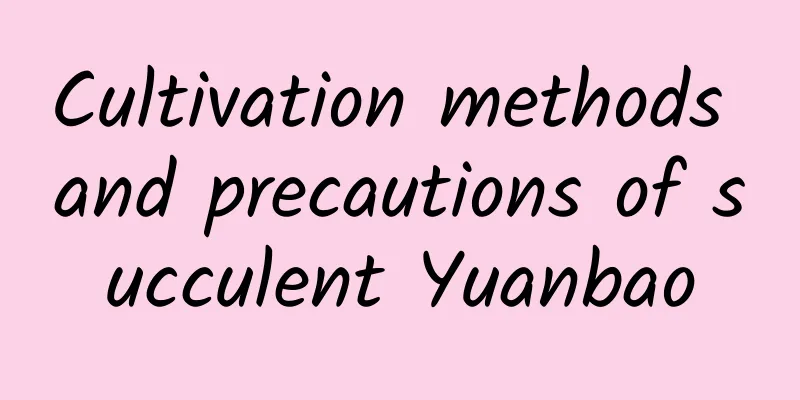Pest and disease control of Bodhi tree

1. Main diseases of Bodhi tree2. Disease characteristics: When the disease occurs, many small black spots will appear on the leaf surface and then it will heal. The healed leaf surface will be slightly raised higher than the black spots on the leaf surface. The shape of the bumps may also vary depending on the pathogen and host. Sometimes the spots will heal together to form an irregular shape. When the disease is severe, the leaves of the Bodhi tree will turn yellow and die. Basically, there are two types: black fat disease and black swelling disease. 3. Conditions for disease onset: Mainly caused by the ascomycete Black Mole Fungus. In a dark, humid and poorly managed environment, the pathogen will fall on the leaves and overwinter. When the right temperature and rain come, it will release spores and form new infections. 4. Prevention and control methods: Management must be strengthened at ordinary times. The diseased leaves should be cut off and burned in time; fertilizer should be applied reasonably to enhance the physical fitness; do not plant too densely, and ensure air circulation; you can also use drugs according to the configured ratio and then spray the whole tree comprehensively. The frequency of spraying should be controlled to once every 7 days and maintained for 3 times, which can play a better prevention and control role. 2. Main pests of Bodhi tree1. Disease characteristics: The most common pests on this tree are aphids, moth larvae, etc. They will eat the stems and leaves of the plant, causing the plant to gradually lose nutrients, the leaves to be damaged, and even discolored, wither and die. 2. Prevention and control methods: The method is still mainly chemical pest control. After diluting the insecticide in a certain proportion, spray it evenly on the front and back of the young leaves. This can achieve a certain prevention and control effect. From the above information, we can see that the Bodhi tree is seriously invaded by diseases. Daily management is very important, which can greatly reduce the probability of it being infected. The most important thing is to focus on prevention and treat diseased plants immediately once they are found. This way, the damage caused by pests and diseases can be minimized! |
<<: Disease and Pest Control of Lespedeza
>>: Disease and Pest Control of Rabbit Ear Orchid
Recommend
How to water the Buddhist beads
Tips for watering Buddhist beads Buddha beads, al...
Disease and insect pest control of blood orchid
1. Sheath Rust It usually occurs on the upper and...
Use three kinds of water to water Monstera, which grows wildly? What kind of water is best for watering Monstera?
Monstera is a very beautiful foliage plant that p...
What are the advantages and disadvantages of red juice balcony roses? What kind of roses does it belong to?
Red Juice Balcony Rose, also known as Red Juice, ...
Cultivation methods and precautions of Rainbow Jade Succulent
Rainbow Jade Succulent is relatively easy to grow...
When is the best time to prune fruit trees?
Fruit tree pruning There are several main benefit...
Diseases of pear trees and their prevention and treatment
Pear tree diseases: rot The disease mainly harms ...
Should I use a large or small pot for Dieffenbachia?
Should I use a large or small pot for Dieffenbach...
When is the best time to plant corn?
Corn planting time The best time to plant corn is...
The difference between syzygium and syzygium
1. The difference between leaves The leaves of Sy...
Can cannas be planted in the yard?
Can cannas be planted in the yard? Canna can be p...
What are the common diseases of Sansevieria and how to prevent and control them?
1. Leaf spot Symptoms: This disease mainly occurs...
Can grape seeds be used to grow grapes?
1. Can it be grown? Grape seeds can be grown into...
How to propagate golden edge agave and precautions
How to reproduce the golden-edged agave There are...
When is the best season to plant green onions?
Green onion planting season and time Onions can b...









